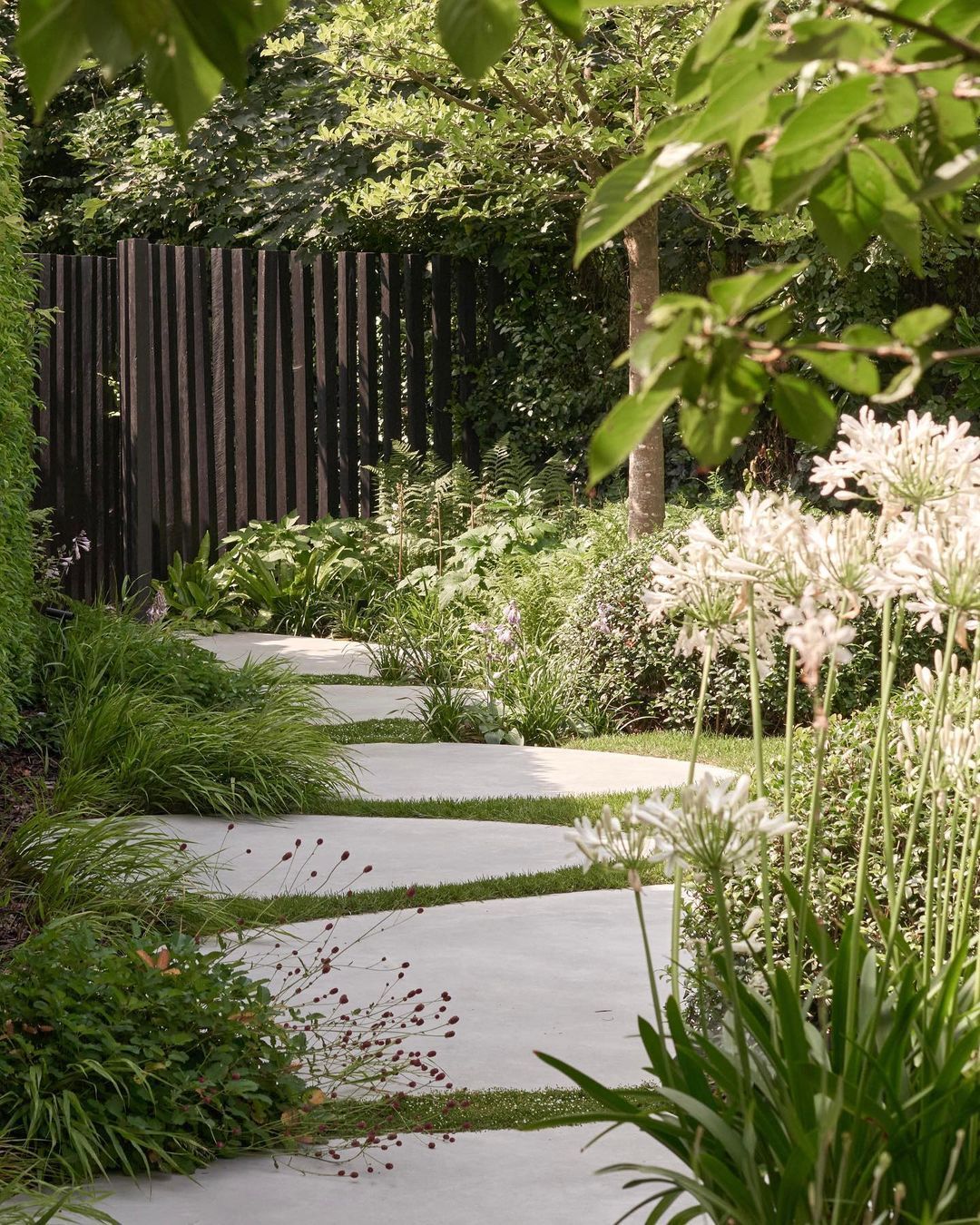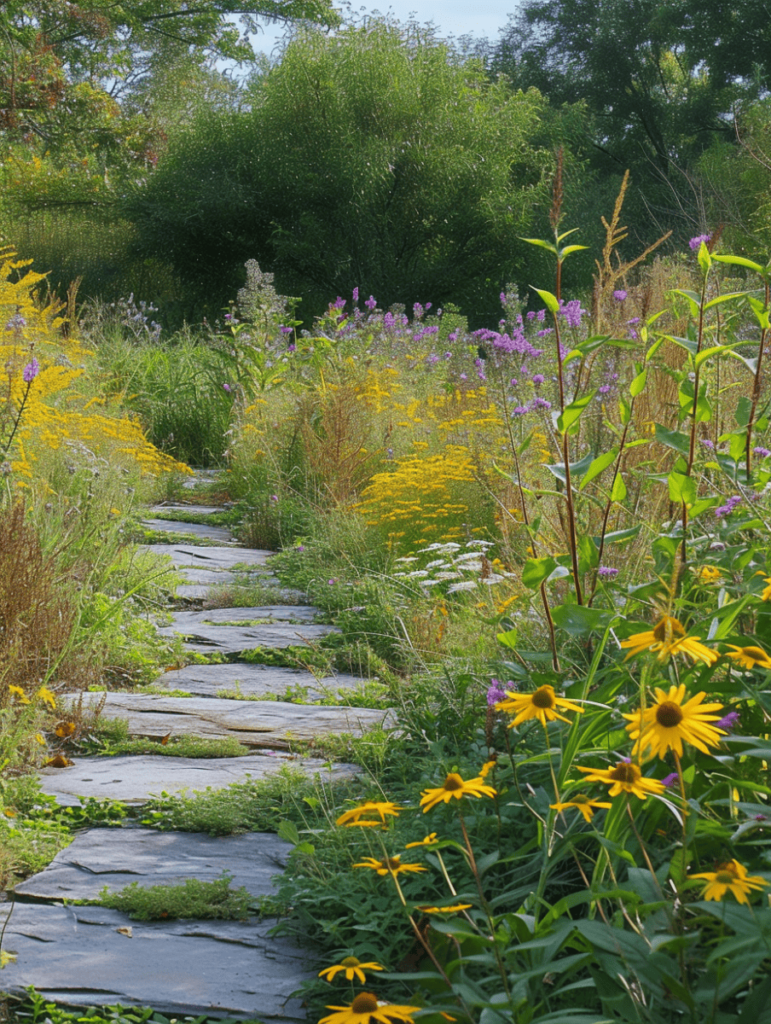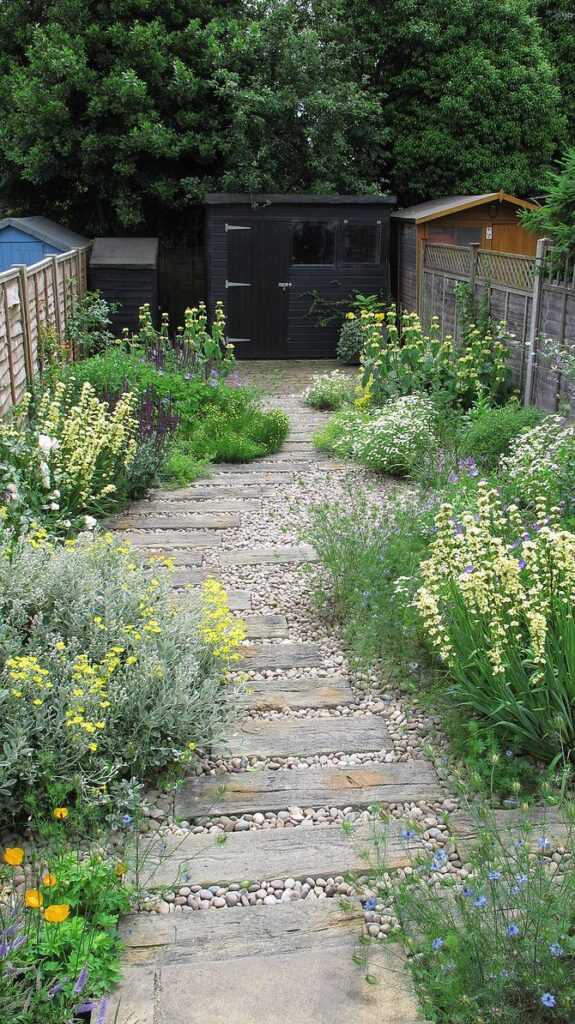A garden path is a vital component in any garden design, not only providing a practical route for walking but also adding structure, interest, and cohesion to the overall landscape. Whether it’s made of gravel, pavers, bricks, or natural stone, a garden path can greatly enhance the aesthetic appeal of a garden, leading visitors through various focal points and creating a sense of harmony and continuity.
When planning a garden path, it’s important to consider the overall layout and style of the garden. The path should complement the existing features and blend seamlessly with the surrounding plants and hardscape elements. The width and shape of the path should be proportional to the size of the garden, with curves and bends added to create a sense of mystery and discovery as visitors navigate through the space.
In addition to aesthetics, the practicality and functionality of a garden path should not be overlooked. It should provide easy and safe access to different areas of the garden, especially high-traffic areas such as the entrance, patio, or vegetable garden. Proper drainage should also be considered to prevent waterlogged or muddy pathways, which can detract from the beauty and usability of the garden.
Maintenance is another key factor to consider when choosing materials for a garden path. While natural stone may offer a rustic and timeless look, it can be difficult to clean and may require regular weeding. Gravel paths, on the other hand, are easy to install and maintain, but they can be messy and may need topping up over time. Pavers and bricks are a popular choice for garden paths, offering a clean and uniform look while requiring minimal upkeep.
The planting of ornamental grasses, groundcovers, or fragrant herbs along the edges of the path can soften the hardscape elements and create a sense of flow and cohesion between the path and the surrounding garden. Adding low-voltage lighting along the path can also enhance the beauty of the garden at night, guiding visitors along the path and highlighting key features such as sculptures, water features, or blooming plants.
Ultimately, a well-designed garden path should not only be functional but also aesthetically pleasing, enhancing the overall beauty and enjoyment of the garden. By carefully considering factors such as layout, materials, maintenance, and planting, gardeners can create a path that not only connects different areas of the garden but also adds charm, character, and personality to the outdoor space.

















